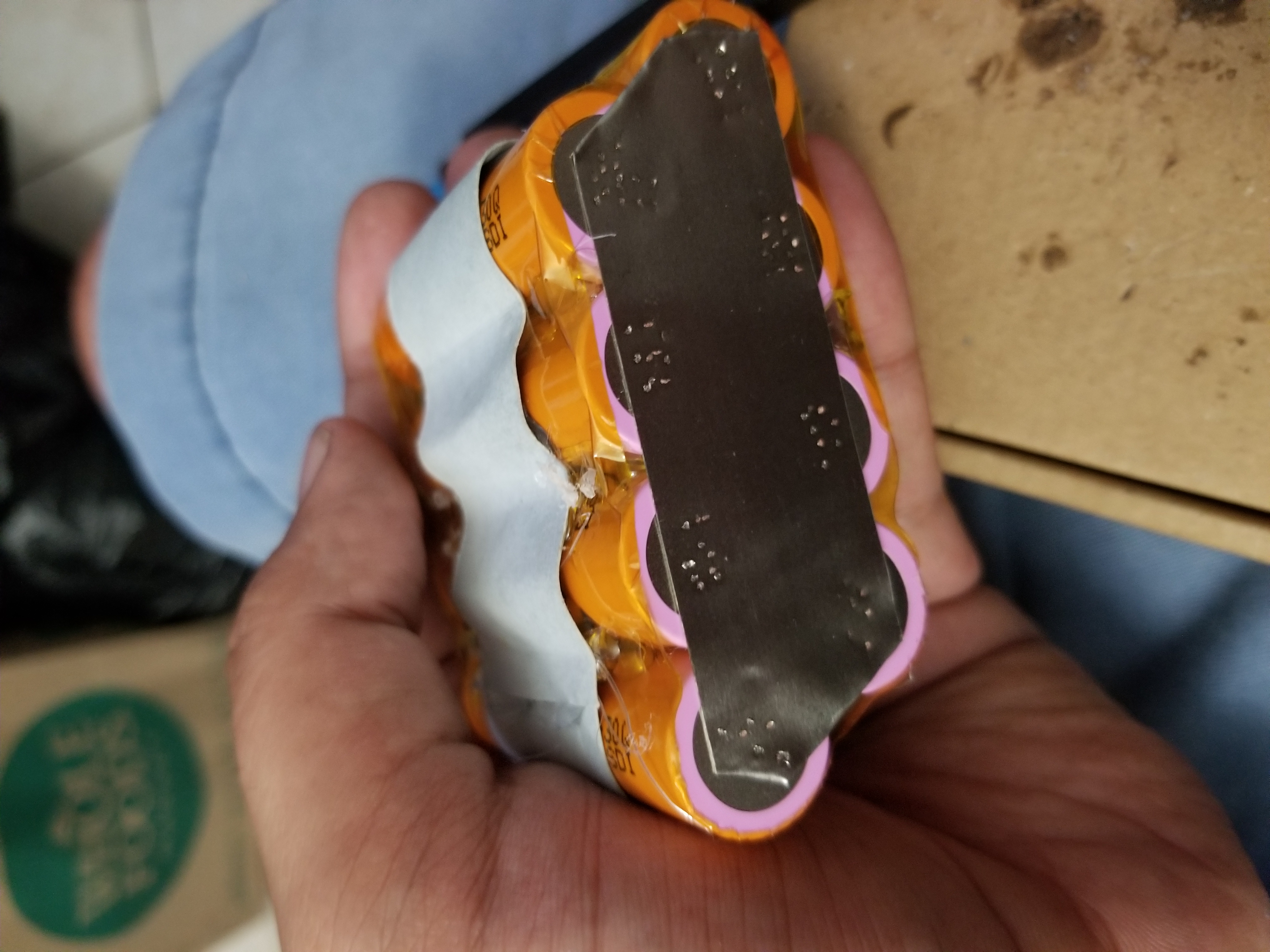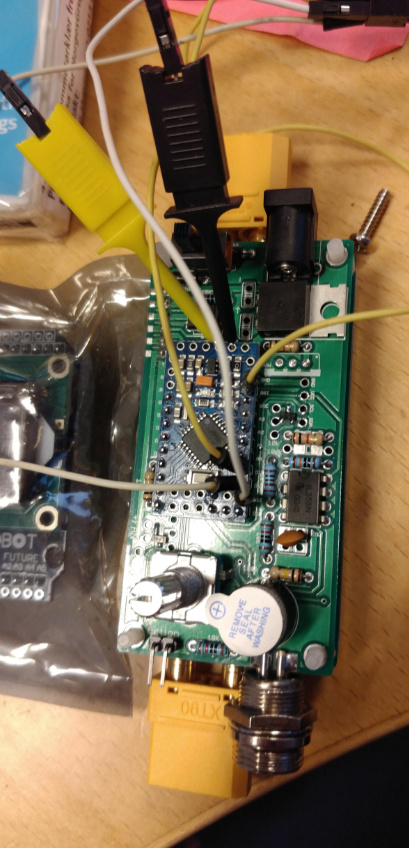
Ended up doing about 800 spot welds at 7ms took my time never got above 40c with no heat sink and the welds are super strong. I’m impressed this was way easier than i thought. Please excuse the shitty weld placements haha

Ended up doing about 800 spot welds at 7ms took my time never got above 40c with no heat sink and the welds are super strong. I’m impressed this was way easier than i thought. Please excuse the shitty weld placements haha
Just got my sunkko welding pen, cant wait to try it out seems really good!
Those welds seems wierd to me, what thickness is the strip i guess 0.15?
What battery did you use?
.2 thickness and using a graphine 65c battery
I tested the welds with a dead cell and the nickel ripped, the weld stayed attached. The welds are strong.
My question would a single .2 thickness strip be enough since this strip is 25mm wide or should I double stack the strips?

I would multiply the 10mm strip max amps with a factor of 2.2
If that’s true then that means it’s good for 17.4a I don’t think that’s enough since a 12s8p 30q can produce 120a constant
But at 120 divided by 12 is 10amps max per P group is that correct?
what battery do you have and what cells
You are definetley going to need to solder some copper on the nickel strips if your careful you wont even get the solder on the cells or get them hot in any way I would put 3 layers of the nickel strip and then just solder 2 or more flexible 1-1.5mm2 cable on it (twist it so its similar to that flat cable you can buy)
30q cells are capable of 20A without any issues like heat so you have something like a 160a battery…
I have half inch tinned copper braid I can use that to beef up the connection
that chart is ampacity across a meter. that’s a lot of material.
if 22awg copper wire can handle 20a load across a short distance, i assure you 10mm nickel can easily handle that.
i think it’s less important to fortify P groups than it is on series connections.
that’s to say, @Battosaii your .2mm nickel should be plenty on P groups. but maybe double up or backup with copper on S connections.
Hmm yeah I was originally going to use 2 12 gauge silicone wire for the Series connections
0.2X25mm can handle 60 amps. No problem.
Has anyone though on writing an opensource firmware for the welder?
The firmware is locked, so reverse engineering the hex is not an option

For the moment I have the following pins:
*** Pins
D5 fan
D10 buzzer
*** Screen
SCL
SDA
*** IR358N
VCC NC NET1 NET1
) |
A6 NC? NET2 NET2 <- 10k -- 2n2
Why? because future upgrades, bugs, and add features:
the thing is basically the exact same as the malectrics one. It “shorts” the battery for a defined amount of time via mosfet on/off switching. You could just check out the source of that one to see how something like this is done in code:
Yeah but the pinout is the tricky part, I am not sure if I want to fully desolder mine to explore  also if nobody cares on an open firmware there is no point
also if nobody cares on an open firmware there is no point
I’m curious if a 36V adapter would work with the soldering iron. would the voltage be too high and heat the board?
Maximum voltage is 35v the manufacturer rated It for 24v I recommended you 24v 5 amps